WITH customers including champion trainer Willie Mullins, Irish show jumper Denis Lynch and Olympic gold medallist Steve Guerdat, TRM’s dedication to equine care and nutrition is long established.
When it comes to hoofcare TRM advocate for a holistic threefold approach to be implemented. TRM have also developed a bespoke hoofcare supplement called Hoofmaker. Hoofmaker provides all of the nutrients necessary to protect and nourish every layer within the hoof horn. This ‘sulphur enriched’ formula will ensure that important nutrients are supplied to the horse, to ensure optimum hoof growth and improved integrity of the hoof.
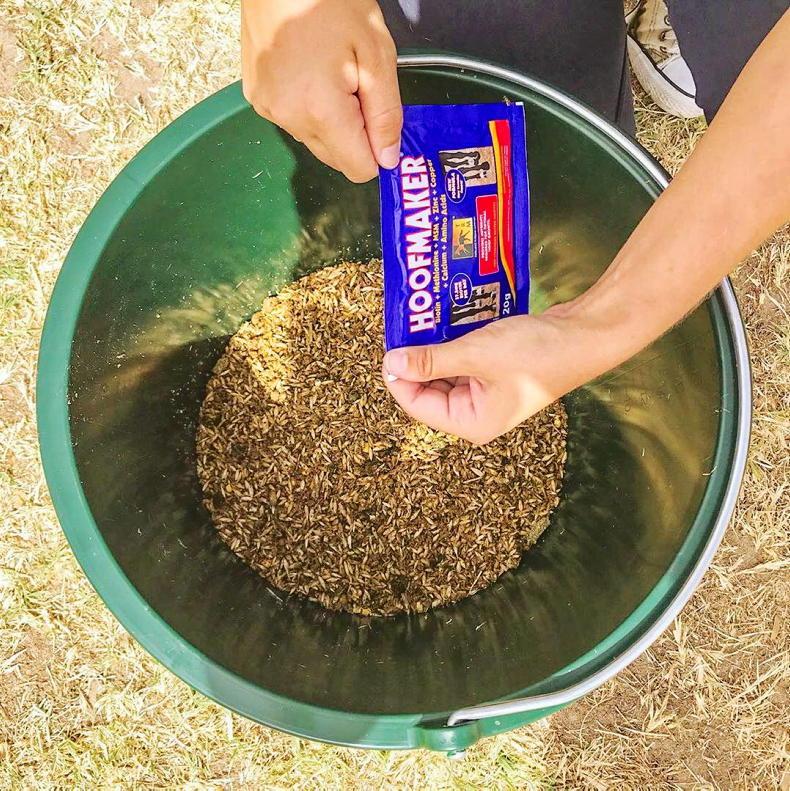

 This is a subscriber-only article
This is a subscriber-only article
 It looks like you're browsing in private mode
It looks like you're browsing in private mode




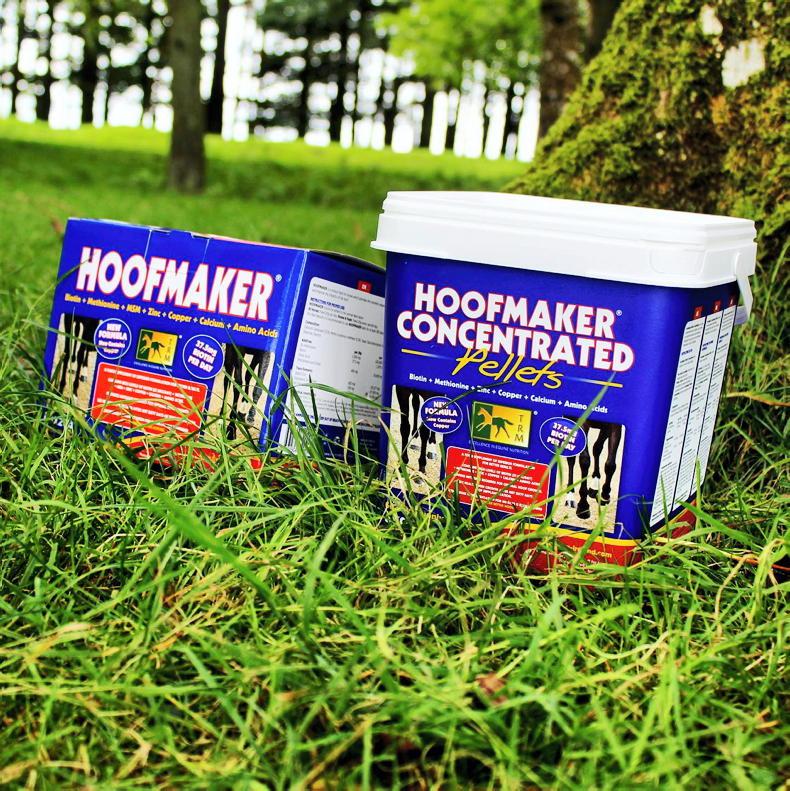
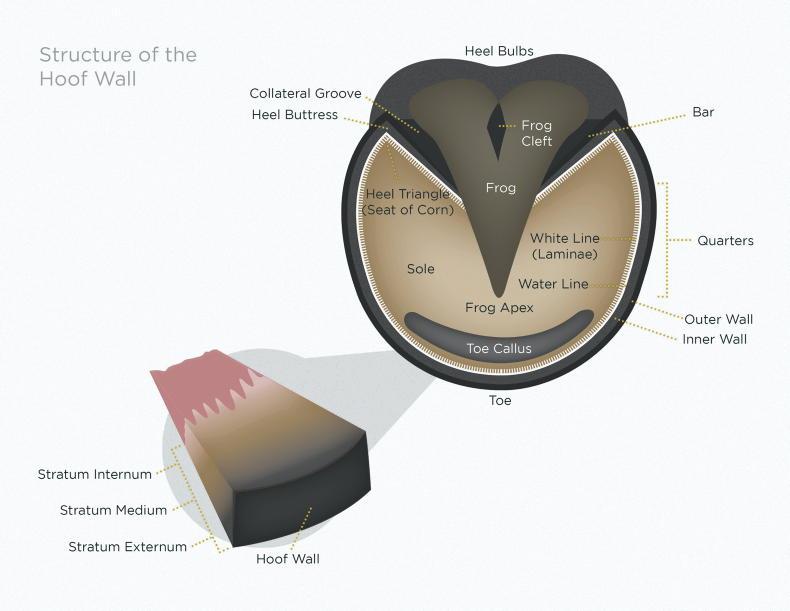
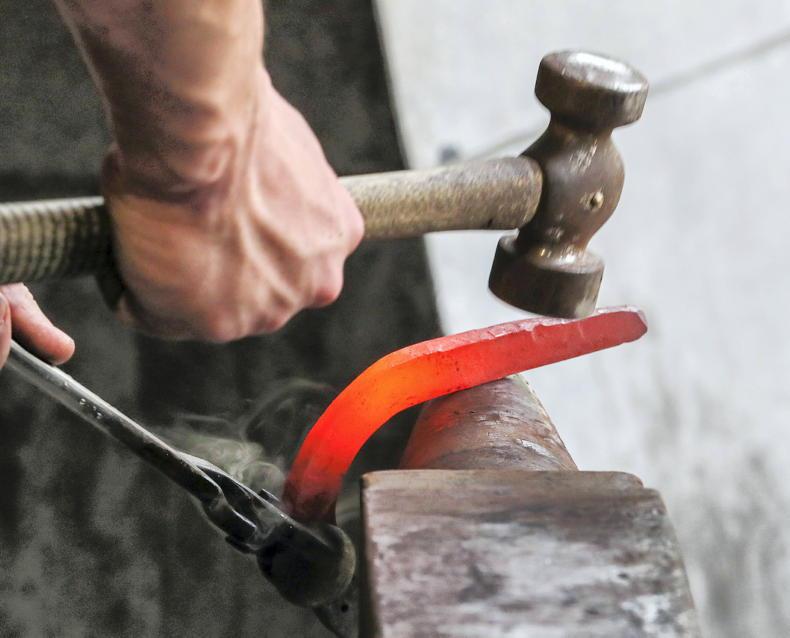
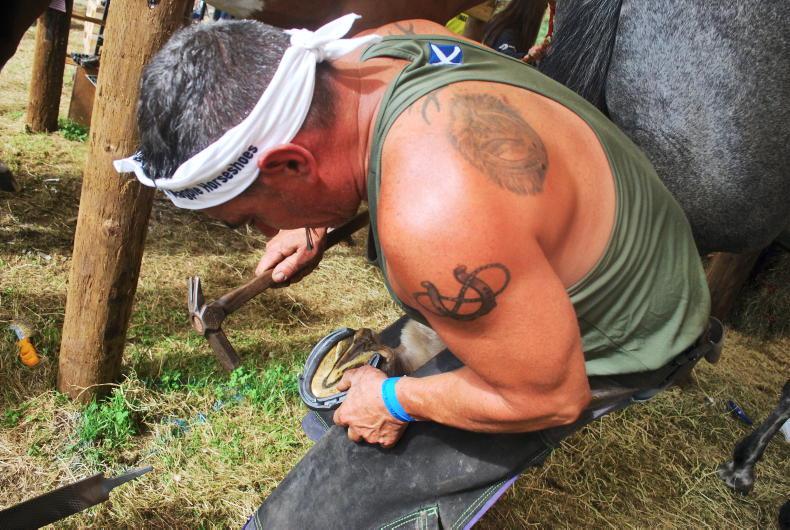

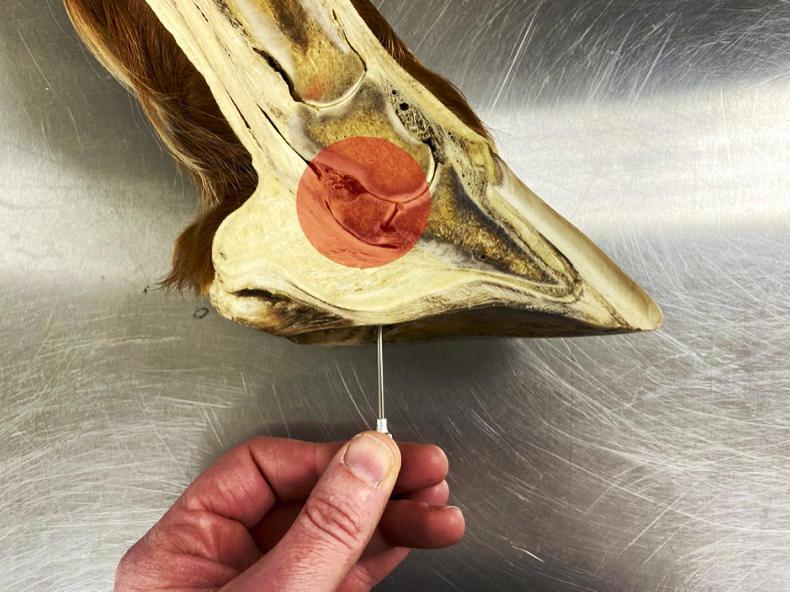

SHARING OPTIONS: